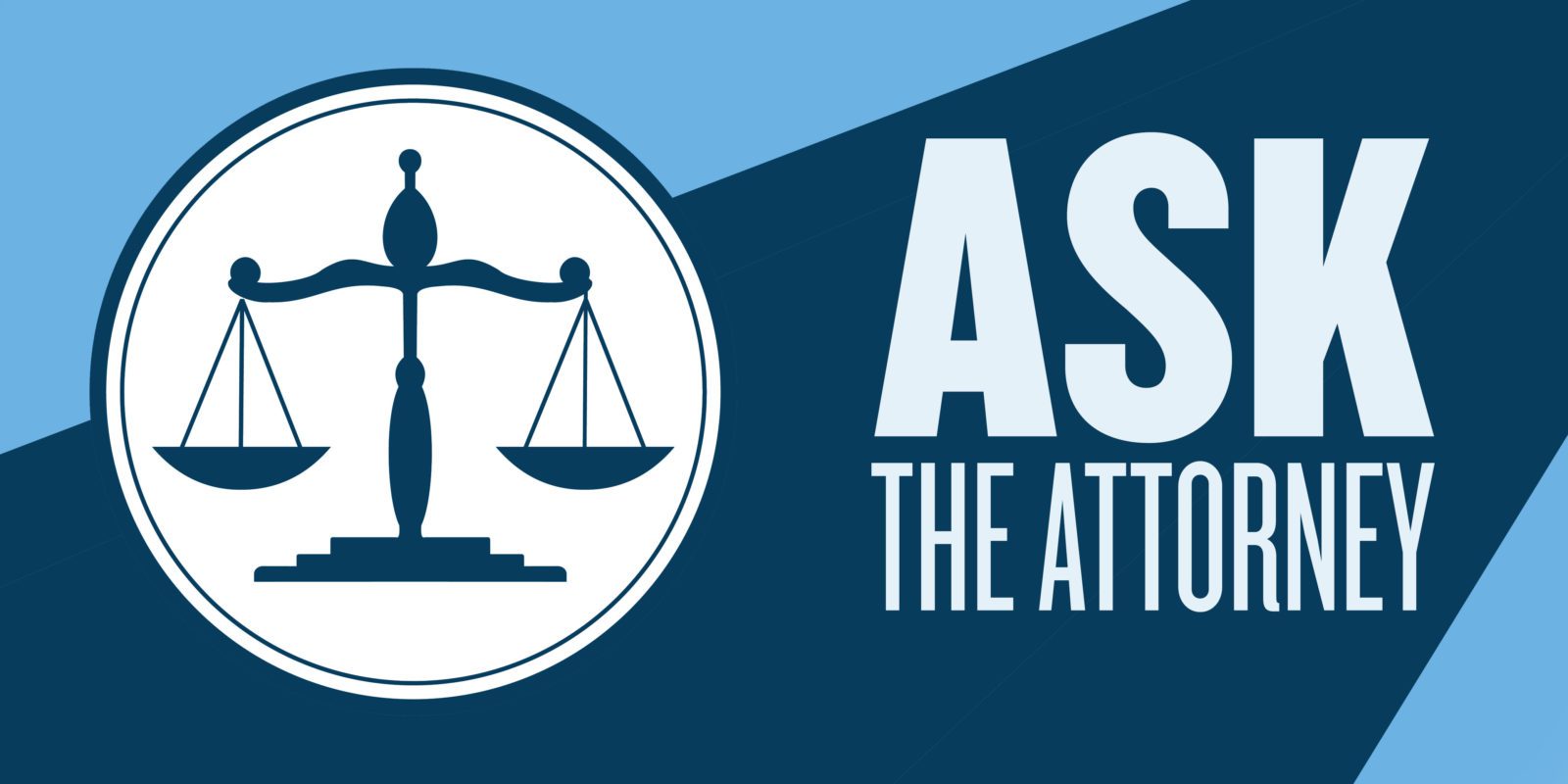Q: With so few bankruptcies in 2021, what is the outlook for filings in 2022?
The business bankruptcy roller-coaster ride of 2020 and 2021 has continued through the beginning of 2022. After a 48 percent reduction in business Chapter 11 filings in 2021, to just 3,587 cases, including 1,272 in the first quarter, the first quarter of 2022 saw just 720 – a 43% drop. In total, there were 4,742 business bankruptcy filings across all chapters in the first calendar quarter of 2022, down 25 percent from 6,361 filings in the first quarter of 2021. In April 2022, the 1,761 commercial filings across all chapters were down 16 percent from the 2,105 such filings registered in April 2021. There were just 249 commercial Chapter 11 filings in April 2022, a 15 percent decline from 290 in April 2021.
Among other things, the drivers of this precipitous decline in business bankruptcy filings include $5.7 trillion of direct federal stimulus programs, expansive and unprecedented monetary accommodation from the Federal Reserve providing easy access to liquidity at historically low interest rates, access to refinancing even for stressed and distressed companies, and lender forbearance. However, cheap borrowing does not fix the problems that lead distressed companies into trouble. With the free money era finally coming to an end as the Federal Reserve has begun raising its benchmark interest rate and ending the asset purchases that ballooned its balance sheet to over $9 trillion during the pandemic, financially distressed companies that took advantage of the additional access to capital or forbearance without fixing underlying operational or business issues may be at risk.
Though the number of business filings has continued to decrease thus far in 2022, as time goes on it is expected that businesses will continue to be faced with less government relief, fewer lender deferments, supply chain challenges, commodity price increases, worker shortages, and higher labor and raw material costs – all resulting in higher inflation. The Labor Department recently reported a year-over-year rise in the consumer price index (CPI) of 8.3 percent in April 2022 compared with April 2021. That represented a slight ease from the 8.5% year-over-year CPI inflation witnessed in March 2022, but was still close to the highest level seen since the summer of 1982. In addition, the producer price index (PPI) rose 11 percent over the twelve months ending April 30, 2022.
The Federal Reserve has responded slowly to runaway inflation, with two Fed Funds Rate (its benchmark overnight interest rate) hikes totaling 0.75% so far this year and pledges of more interest rate hikes until inflation comes down to the central bank’s 2 percent goal. Federal Reserve Chair Jerome Powell recently remarked that the Fed needs to see “clear and convincing evidence that inflation pressures are abating and inflation is coming down” before the Fed slows its pace of rate increases. The most recent inflation data shows that the Fed has a big job ahead, and one that may not be achievable without tightening monetary policy to a point that could inadvertently trigger a recession. Should interest rates continue to increase and inflation and oil prices continue to rise while business and other stimulus programs dry up, some financially distressed companies that have been limping along will be forced to file Chapter 11 or resort to other restructuring devices.
Companies that have struggled throughout the pandemic, but were kept afloat by stimulus money and generous lenders, may face trouble during the rest of 2022 and into 2023 once those funds run out, as the Fed continues to tighten its ultra-loose monetary policy by reducing asset holdings and raising the Fed Funds Rate target, and credit conditions start to tighten. Sectors such as retail, construction, health care, and certain manufacturers adversely affected by higher raw material and labor costs remain particularly vulnerable. Travel, hospitality, commercial real estate, consumer goods, entertainment, midstream oil and gas, and power and other energy infrastructure also face pressure and uncertainty. It remains to be seen how long inflation will persist and how far the Fed may raise interest rates in an effort to stem it. Rising interest rates typically lead to an escalation in bankruptcy filings. If inflation starts to moderate, the Fed may move more slowly in raising interest rates and the proverbial can of bankruptcies may be kicked down the road yet again.
We continue to believe that there is a strong possibility that we will see a significant increase in restructuring activity and Chapter 11 cases at some point during the remainder of 2022 and continuing into 2023. Stay tuned!
Michael Savetsky, Senior Counsel
Lowenstein Sandler LLP
